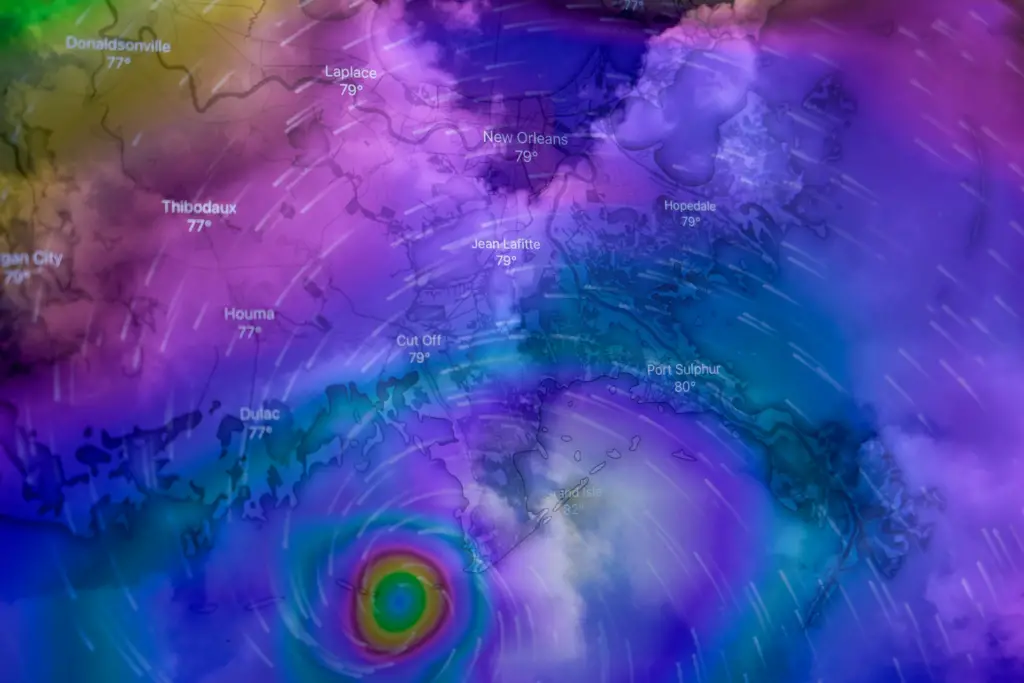
Accurate weather predictions are essential for planning routines, making informed decisions, and ensuring public safety. Technological advancements have greatly enhanced our ability to forecast weather patterns over time. One notable improvement is the creation of real-time weather forecasting models. These advanced models use state-of-the-art technology and data analysis methods to deliver precise forecasts. In this article, we will delve into the innovations in models that have transformed the field of weather forecasting.
Enhanced Numerical Weather Prediction (NWP)
Enhanced Numerical Weather Prediction (NWP) stands out as a milestone in real-time weather forecasting. Conventional NWP models rely on grid cells, which can lead to predictions on a local scale. In contrast, enhanced NWP models employ grid cells, enabling accurate and localized forecasts. By integrating a network of observations from satellites, radiosondes, radar systems, and weather stations into these types of weather forecast models, forecasters can produce predictions with heightened precision and spatial detail.
Innovative Data Assimilation Techniques
Data assimilation plays a role in improving real-time weather forecasting models. Combining information from sources using statistical methods helps create a precise depiction of the current state of the atmosphere. This assimilated data plays a role in updating the atmospheric conditions utilized by forecast models for accurate predictions in a timely manner. With advancements in computing power and observational technology, modern data assimilation techniques now offer improved accuracy and responsiveness.
High-frequency Radar Systems
High-frequency radar systems represent an advancement that has transformed real-time weather forecasting. These systems utilize waves to track ocean surface currents without contact, providing timely information on large areas. By gathering data from multiple locations, high-frequency radar systems offer valuable insights into the formation and evolution of weather patterns. This data is integrated into forecasting models to enhance accuracy and provide localized predictions.
Ensemble Forecasting
Ensemble forecasting involves running simulations of weather models with different starting conditions to generate a range of potential weather outcomes. Unlike models that rely on a single run, ensemble forecasting considers various scenarios and offers probabilistic forecasts that help assess confidence levels and associated risks with each prediction. Meteorologists can improve the accuracy and reliability of forecasts by integrating knowledge with data from models.
Machine Learning Algorithms
Machine learning algorithms have played a role in advancing real-time weather predictions. These algorithms analyze data sets, recognize patterns, and learn from data to enhance short-term forecasting. By training these algorithms with data, weather forecast models can identify changes and patterns that human analysts might miss. Additionally, machine learning enables the detection of evolving weather patterns, leading to responses and improved forecast precision.
Advancements in Remote Sensing Technologies
The development of remote sensing technologies has significantly boosted real-time weather forecasting capabilities. Remote sensing utilizes satellites and other tools to collect information on Earth’s atmosphere, land, and oceans from a distance. These observations offer insights into temperature, humidity, wind characteristics, cloud cover, and atmospheric conditions.
Satellite imagery plays a role in monitoring weather events like hurricanes, cyclones, and storms. It provides meteorologists with images of cloud formations, storm systems, and atmospheric moisture levels in real time. This real-time data plays a role in helping forecasters track the progress and movement of weather systems accurately.
In Conclusion
The field of real-time weather forecasting has seen advancements due to the use of forecast models. Advanced high-resolution NWP models have greatly enhanced prediction accuracy and spatial resolution. Techniques like data assimilation ensure that forecasts are continuously updated with the observations. High-frequency radar systems provide real-time data on ocean surface currents, aiding in understanding how weather patterns evolve over time. Ensemble forecasting allows for forecasts that quantify uncertainties and risks associated with each prediction. Additionally, machine learning algorithms have streamlined processes in real-time forecasting by analyzing large amounts of data.
With innovation and technological advancements, real-time weather forecasting is set to become more reliable and accessible to all sectors of society. The progress highlighted in this discussion sets the stage for improved preparedness during extreme weather events, ensuring safety, facilitating effective disaster management strategies, guiding critical decision-making processes, and deepening our insights into atmospheric dynamics.










